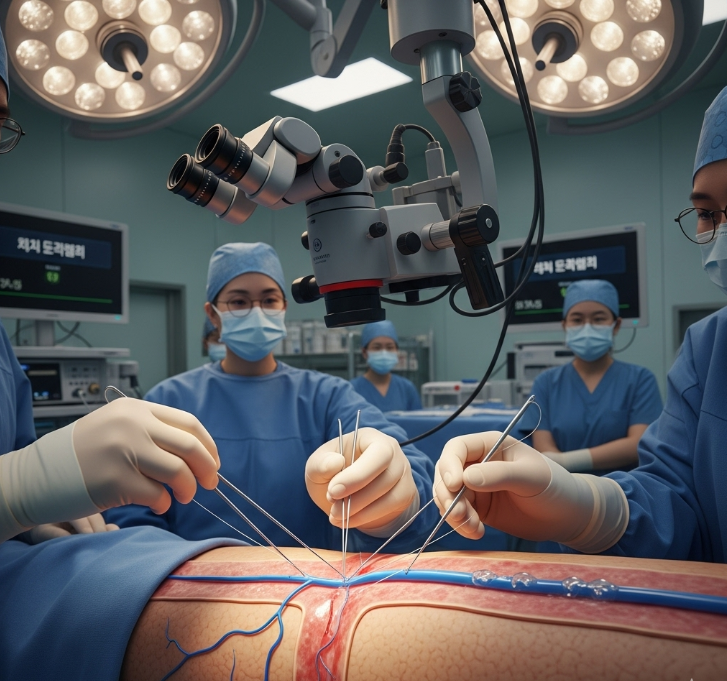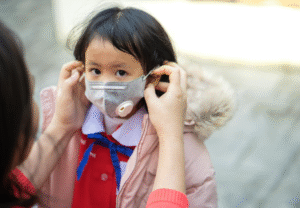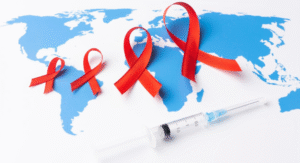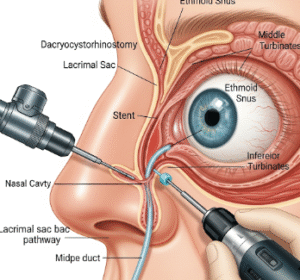What It Is
Lymphovenous bypass (LVB) is a supermicrosurgical procedure used to treat lymphedema, a condition where lymph fluid accumulates in the arms, legs, or other areas due to impaired lymphatic drainage. In this procedure, surgeons create tiny connections between lymphatic vessels (0.3–0.8 mm in diameter) and nearby small veins, allowing lymph fluid to drain directly into the venous system.
This technique is highly delicate and requires microsurgical expertise and advanced imaging guidance. Korea is well known for offering LVB with supermicrosurgery specialists, high-definition surgical microscopes, and modern lymphatic imaging for precise outcomes.
Why It’s Done
Patients undergo lymphovenous bypass because:
- They suffer from chronic swelling in arms, legs, or other areas after cancer surgery (commonly after breast cancer lymph node removal).
- They have pain, heaviness, or limited mobility due to lymphedema.
- They want to reduce dependence on compression garments or manual lymphatic drainage.
- They want to prevent complications such as recurrent infections (cellulitis) and skin thickening.
Good candidates include:
- Patients with early to moderate lymphedema (where lymphatic channels are still functional).
- Those in overall good health who can undergo microsurgery.
- Patients seeking long-term improvement beyond conservative care.
Alternatives
- Conservative therapy: Compression garments, manual lymphatic drainage, and exercise.
- Liposuction for lymphedema: Removes fibrotic tissue and fat in advanced cases.
- Vascularized lymph node transfer (VLNT): Transplants lymph nodes with their blood supply to restore lymphatic drainage.
Preparation
Before undergoing LVB in Korea, patients will:
- Have lymphoscintigraphy or indocyanine green (ICG) lymphography to map lymphatic channels.
- Undergo general health evaluation and blood tests.
- Stop smoking and alcohol at least 2–4 weeks before surgery.
- Continue wearing compression garments until surgery.
- Prepare for postoperative physiotherapy and monitoring.
How It’s Done
- Anesthesia: Usually performed under general or regional anesthesia.
- Mapping: Lymphatic vessels are identified with ICG lymphography.
- Incisions: Small incisions (about 2 cm) are made in the affected limb.
- Bypass: Tiny lymphatic vessels are connected to nearby veins using supermicrosurgical sutures under a high-powered microscope. Multiple bypasses (2–8 or more) may be performed depending on severity.
- Duration: 3–6 hours, often as an inpatient or same-day surgery.
Recovery
- First week: Mild swelling, bruising, and discomfort around incision sites.
- Return to activities: Patients typically resume light activities in 1–2 weeks.
- Compression: Garments are usually continued after surgery to support lymph flow.
- Improvement: Swelling reduction and limb softness are usually noticed within weeks to months.
- Long-term results: Continued improvement over 6–12 months, with many patients reducing their reliance on compression therapy.
Possible Complications
- Mild wound infection or delayed healing at incision sites.
- Temporary bruising or swelling.
- Rare risks: bypass obstruction or limited improvement if lymphatic vessels are severely damaged.
Treatment Options in Korea
Diagnosis
Korean surgeons use ICG lymphography, MRI lymphangiography, and lymphoscintigraphy to visualize lymphatic function and plan bypass sites.
Medical Treatments
- Conservative lymphedema therapy with compression and drainage remains the first step.
- Laser therapy and physiotherapy for symptom control.
Surgical or Advanced Therapies
- Lymphovenous bypass (LVB) for early-stage lymphedema.
- Vascularized lymph node transfer (VLNT) for advanced or recurrent cases.
- Combined therapy (LVB + VLNT + liposuction) for severe, long-standing lymphedema.
Rehabilitation and Support
- Ongoing lymphedema physiotherapy after surgery.
- Scar management and skin care to reduce infection risk.
- Regular follow-up imaging to assess lymphatic function.
- International patients benefit from Korea’s supermicrosurgical centers, multidisciplinary teams, and multilingual support.













